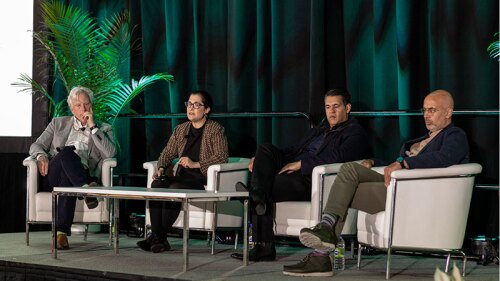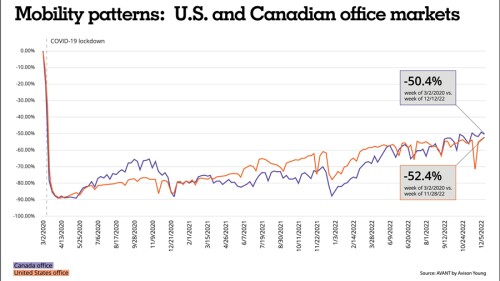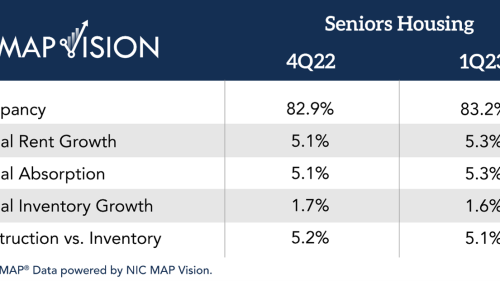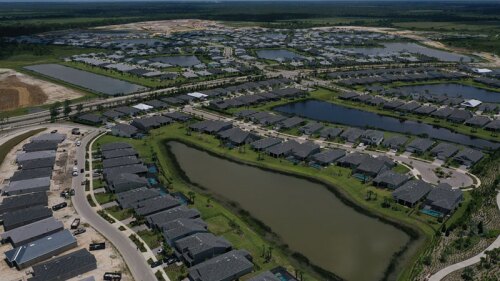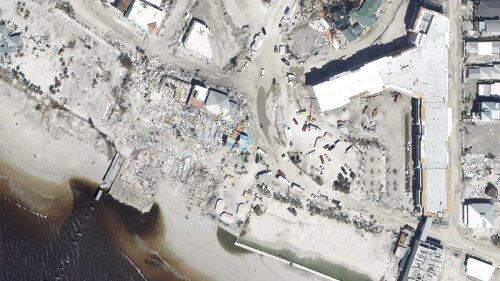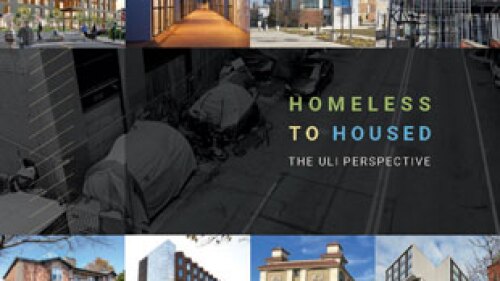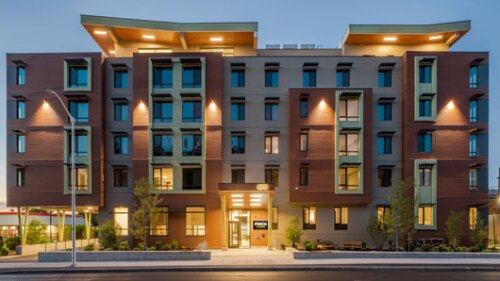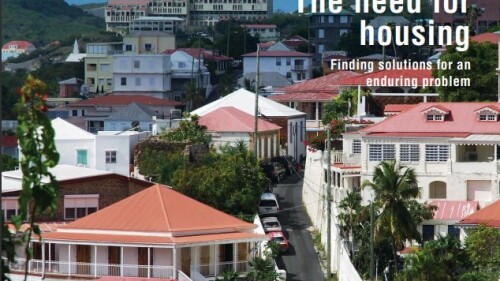In Depth
As the world struggles to deal with the threat posed by climate change, Toronto provides a template for how cities can dramatically reduce emissions at an urban scale, in a way that is sustainable from a business standpoint, according to panelists at the 2023 ULI Spring Meeting in Toronto.
Avison Young CEO Mark Rose shares how changes in work patterns, the rise of hybrid and remote working, new space usage trends, and the ever-increasing effects of e-commerce on physical brick-and-mortar retail are driving the need for adaptation and creative utilization.
The senior housing occupancy rate increased 0.3 percentage points from 82.9 percent in the fourth quarter of 2022 to 83.2 percent in the first quarter of 2023, according to data from NIC MAP Vision released by the National Investment Center for Seniors Housing & Care. The occupancy rate has increased 5.4 percentage points overall from a pandemic low of 77.8 percent in the second quarter of 2021 but remained 4.0 percentage points below the pre-pandemic high of 87.2 percent in the first quarter of 2020.
Occupancy rates for life-sciences buildings remain around 98 percent in the top markets, and North Carolina’s Research Triangle continues to attract startups and development.
Deepblocks brings together the core components of the real estate development process—zoning, brokerage, architecture, design, construction, and so on—into one single process guided by artificial intelligence.
Florida’s resilience continues to be a huge and growing priority as existing buildings age and growth across the state remains steady, according to panelists at the 2022 ULI Florida Meeting in Miami. Strategic decisions and plans focused on strength and resiliency are helping mitigate real estate from wind and flooding damage, and serving as lessons to other, more mature communities planning a more resilient future.
The U.S. has been hit with 15 separate billion-dollar weather and climate disasters in the first nine months of 2022, according to scientists from NOAA’s National Centers for Environmental Information.
A new ULI report investigates how the real estate community is working to address the homelessness crisis in the United States. The report explores how to support people experiencing homelessness through creative housing solutions and collaboration with community organizations, with the ultimate goal of providing abundant, affordable, and high-quality housing for affected and at-risk populations.
A growing number of resilient buildings can serve as models for how to embed resilience in building design and economics, ensuring that both inhabitants and financial performance are protected in the long run.
The Spring 2021 issue of Urban Land is now available for ULI members. The cover topic is “The Need for Housing: Finding solutions for an enduring problem.”

